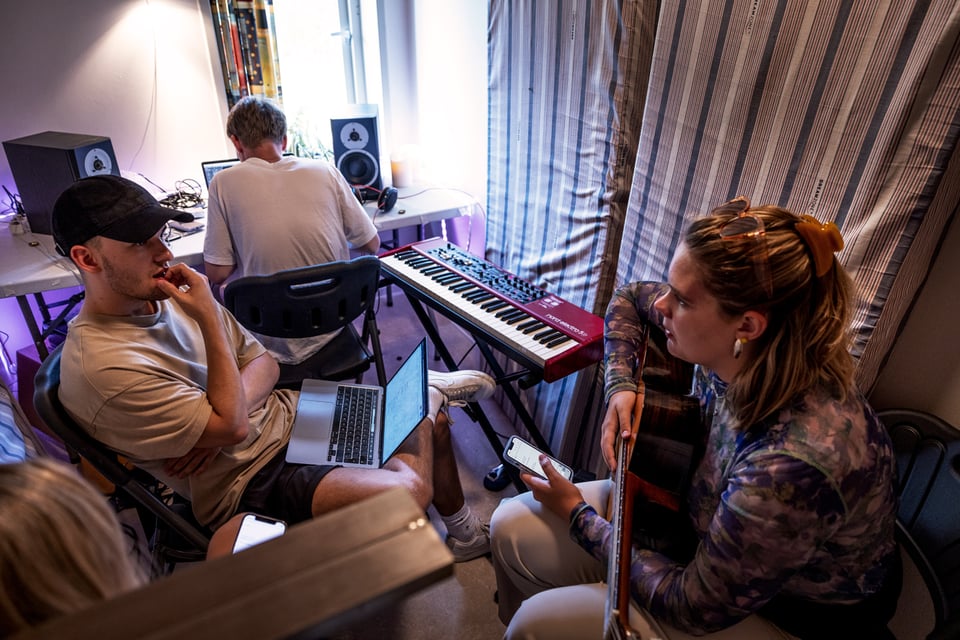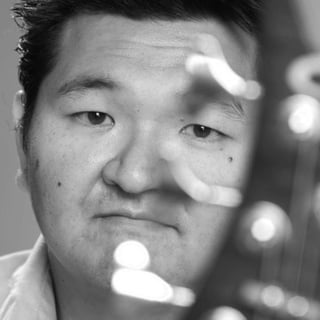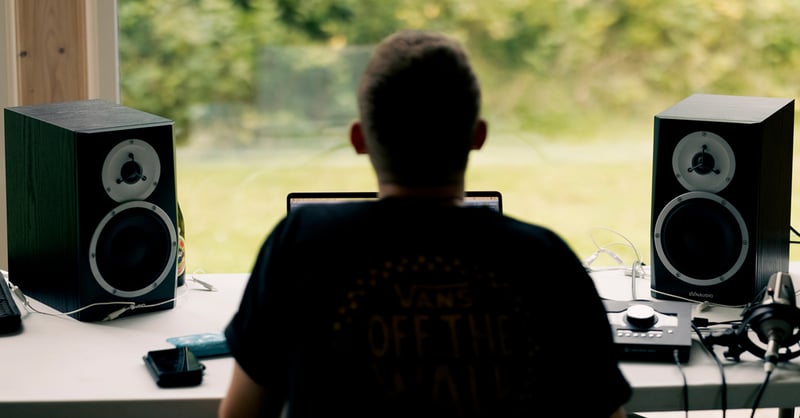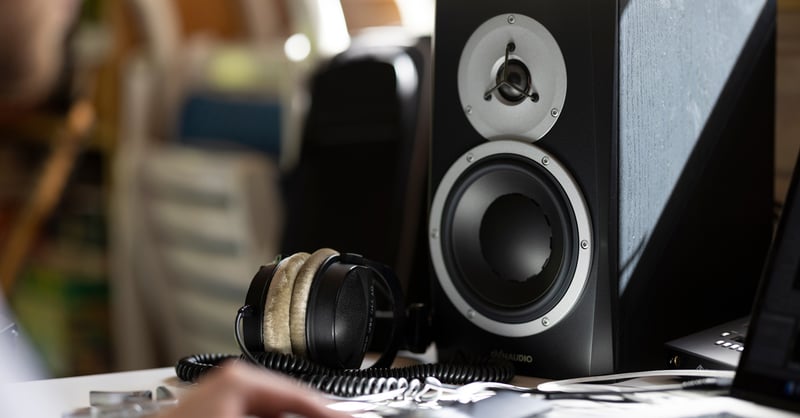Ideally, all rooms used for recording, mixing and mastering music should be treated acoustically with sound absorbers and diffusers – but it can be complicated. And expensive. Luckily, there are a few things you can do to tune your room without breaking the bank.
It might not get you the exact same results as professional acoustic panelling, but it will definitely push your sound in the right direction – getting you an almost free ride down the road to more reliable sound reproduction. The result will be better mixes that translate more accurately to a variety of playback systems.
What’s not to like?
Absorbers vs diffusers
The name kind of gives it away: absorbers absorb sound. In particular, they absorb lower frequencies – so, unsurprisingly, a bass-trap is an absorber. Dedicated professional bass-traps are often cylindrical, and are usually placed in or near corners.
Diffusers, on the other hand, tame higher frequencies by scattering the reflections. If sound bounces off an even surface, it will be tossed back in the same direction. But if the surface is broken up, the higher frequencies will bounce off in different directions. They’ll also be separated ever so slightly in the time domain.

How to make a bass-trap
You could use a roll of wall insulation, but unlike the pro version, it would literally have to be placed right in the middle of the room to work. Probably not too practical (or elegant). But given that position, if you have an old sofa that you can spare, that spot in the middle might actually be useable. It would function as a bass-trap, while at the same time, your collaborators or guests would have a comfy seat when you work on new tracks.
As an alternative to the alternative bass trap, you could go back to the roll of insulation, but put it in an open basket (air needs to be able to flow through it) and then move it around in your room. It won’t have the same effect as the sofa in the middle of the room, but it will make a difference.
How to make a diffuser
A bookcase is a passable alternative to expensive diffusion panels. Depending on your room, it could be placed behind the speakers on one of the sides (or both if you have two and space to spare), or behind your listening position.
Of course, an empty bookcase wouldn’t make much of a difference, so fill it up with books; try to mix them up really well in terms of size. Then space them irregularly, pushing some to the back of the shelf and pulling others forward to create an uneven surface that the sound will reflect off in slightly different directions and at slightly different times. In fact, some of the shelves could be filled with things other than books for even more variety in heights, depths and materials.
If you have a measurement mic, you could take a scientific approach regardless of whether you’re looking for absorbing lows or scattering highs, but you can also just experiment and let your ears be the judge. Every single thing you change in your room will have some effect on the sound – if you open close the door, get an extra chair, open a window…
So, try to get the room as close to your sound ideal as you possibly can and then get back to what really counts: creating!
Sign up to get more great articles
Nothing compares to the satisfaction of knowing – for a fact – that something is as good as it gets








4 comments